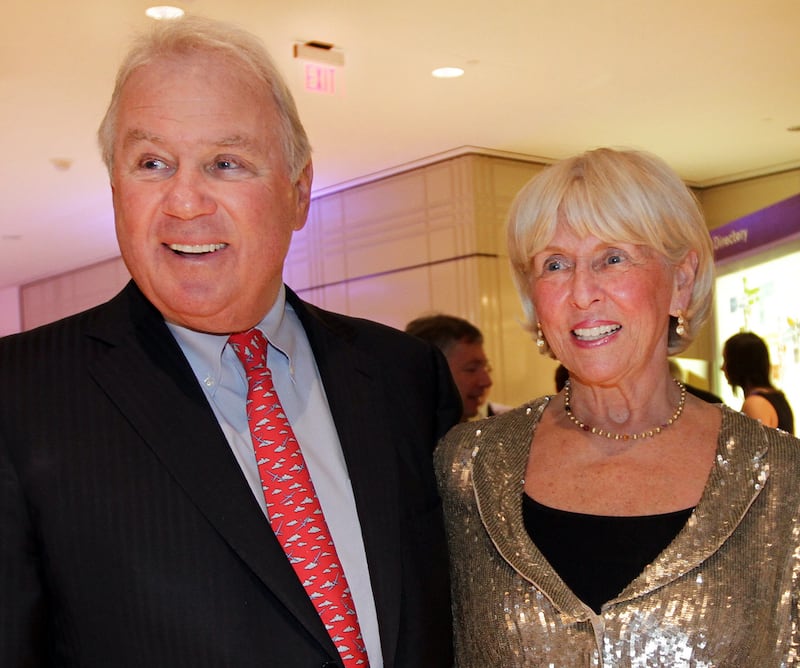Few stories in the world of medicine are as mind-blowing as that of the recent success in treating Cystic Fibrosis, the genetic disease which causes breathing issues so severe that patients typically die during childhood. During the past century many developments in medicine have brought relief to people across the world, but over the past decade alone progress in treating Cystic Fibrosis has moved from the unthinkable status of untreatable, to today, where up to 95 per cent of patients can avail of drugs to help them. It is that progress which science journalist Bijal Trivedi narrates in her debut book Breath from Salt, published by BenBella Books in 2020.
Trivedi became interested in the area when she was assigned to write on a new drug for Cystic Fibrosis called Kalydeco back in 2012. “I soon realised this was a strange case, because I was startled to realise that Kalydeco treated just 4 per cent of patients with the disease,” she says.
This was surprising because, as a so-called orphan disease – a disease with fewer than 200,000 people diagnosed in the United States (currently 35,000 people have it there) – Cystic Fibrosis would not typically be something pharmaceutical companies deem profitable. "Here we had this rare disease," she says, "and we're only able to treat around 4 per cent of patients. Who would fund that development, I asked myself? So I started to dig into the matter and eventually found out who had financed it."

Trivedi discovered that the drug had been developed through a process of venture philanthropy. Since the 1980s Irish-Americans Joe and Kathy O'Donnell, along with the Cystic Fibrosis Foundation in the US, had come to be seen as leaders of the movement. When their son Joey died of Cystic Fibrosis aged 12, the pair endeavoured to continue their work in campaigning and fundraising, in an effort to find a treatment or cure.
"It's no coincidence that Irish-Americans were at the forefront of the quest to treat Cystic Fibrosis," says Trivedi. "Not only are cases higher amongst Caucasians than other groups, but Ireland has one of the highest incidence of the disease in the world."

Ireland has the highest rate of Cystic Fibrosis per capita in the world, with approximately 1,300 children and adults here living with the condition.
About 34 new cases of cystic fibrosis in Ireland are diagnosed each year (that’s 1 in every 2,300 babies).
In Ireland, Cystic Fibrosis screening is conducted at birth, as early treatment improves prognosis. Usual age of diagnosis is therefore at a few weeks old.
Don’t fix the gene, fix the protein
After years of failing with gene therapy in the 1990s, as the new millennium began the Cystic Fibrosis Foundation decided to invest their raised funds into a biotech company, Vertex Pharmaceuticals, asking them to create a drug to treat the disease using a new approach which had not yet been tested. Rather than replacing a broken gene, as was the case with gene therapy, the method would aim to fix a broken protein in the cells, and alleviate symptoms of the disease.
“No pharmaceutical company had tried to do anything like that before, and it was the first case in which money raised through a non-profit foundation was invested in a corporation to specifically help develop a drug,” Trivedi adds.
The idea was a success. By 2012 Vertex had created a drug called Kalydeco which worked well on a mutation responsible for around 4 per cent of Cystic Fibrosis cases. Since then Vertex have launched an array of drugs to help with different mutations causing the disease. By 2020 Vertex had developed drugs including Symdeko, in 2018, and Trikafta more recently, meaning that today a staggering 95 per cent of patients can be treated to varying degrees.
The main issue around the genetic mutations causing Cystic Fibrosis is their effect on cellular proteins. “Think of the protein in the cell as a door,” explains Trivedi. “Essentially some of the mutations jam this door, the result of this being you can’t get chloride moving as it should.”
“That’s a real problem,” she says, “because you need the correct flow of chloride in the lungs, to create the desired salt-water balance in the body. When the salt-water balance is off, like it is with Cystic Fibrosis, the mucus in the lungs becomes sticky and hard, and that becomes a great place for bacteria to start living and multiplying, causing infection.”
The thicker the mucus, the harder it is for a patient to cough it up and get out it of the system. The method which eventually became a success, developed by Vertex Pharmaceuticals, was based around an idea to fix the broken cellular proteins so that the flow of chloride was balanced in the way it is in healthy individuals, effectively solving the problem.
“The drugs developed thus far have been able to treat this problem for the vast majority of patients, but it’s important to remember that we still don’t have a cure.”

Democratising access to treatment
But problems remain about access to these drugs, especially around their cost. Back in 2012, Kalydeco was priced at almost $300,000 per patient per annum. To date some governments have been able to intervene and subsidise treatment using the new drugs. For wealthy nations, like Ireland or the United States, this is somehow sustainable. But questions remain about poorer nations who also have citizens who suffer from the disease.
Despite the progress made over the past decade, recent research shows between 3 per cent and 5 per cent of the Cystic Fibrosis population in Ireland will not benefit from at least one of the four approved drugs – Kalydeco, Orkambi, Symkevi and Kaftrio.
“When it came to developing these drugs, the Cystic Fibrosis Foundation didn’t have any leverage to work with in terms of pricing,” says Trivedi. “They simply would not have had the ability to get one of these pharmaceutical companies on board to develop the drugs if they had asked for the ability to control the price.”
“I think one way they been trying to combat the price issue is through generating more competition,” she says. “They are now funding a lot of companies and laboratories to develop new or similar therapies. Generic companies entering the market will definitely help, but it will take time.”
As for the final 5 per cent of patients who don’t yet have a drug which can tackle the intricacies of their specific mutation, the drive goes on. The O’Donnells continue their work to this day with a new fundraising effort for $500million underway, more than twice as much as their prior fundraisers combined.
This should pave the way forward for further success with Cystic Fibrosis, and also provide incentive to others who feel they can adopt a venture philanthropy model to fund precision medicine for a range of currently untreatable diseases.
Dr Conor Purcell writes about science, society and culture; some of his other articles at cppurcell.tumblr.com – and via @ConorPPurcell








